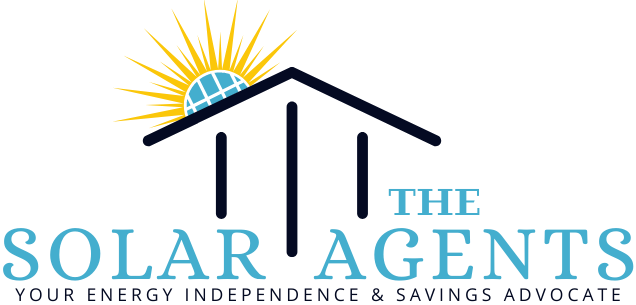Of all the developments over the last 10 years in residential solar, the emergence and maturity of solar financing has to rate among one of the most impactful. Similar to when the Ford Model T’s “Weekly Payment Plan” revolutionized the industry in 1919 by making cars affordable to the average consumer, solar financing opens up solar as a feasible option at an earlier stage and earlier financial position for the modern consumer. This creates an almost instant vehicle for people to take control of all the worst elements of conventional utility energy production, including opportunities for personal production ownership over indefinite purchasing, a way to hedge inflation of energy costs, a way to reduce the impact on the environment, and a profound upgrade to traditional home backup.
However, as great as the impact of residential solar financing has been, it has its own host of setbacks in its confusion and abuse by solar sales reps. Most commonly, these problems surround the understanding of dealer fees, misunderstanding of energy offset, and proper application of the Solar Federal Income Tax Credit (FITC). So in an effort to better inform our own clients as well as others, we have put together this brief three part series on the basics of solar financing.
Dealer Fees – Since homeownership is a prerequisite of residential solar ownership, I feel that it would be safe to assume most people have a basic understanding of home mortgages, so that would be a great model to understand solar financing. If most people were to look back into their latest mortgage process, they would be able to identify a time where they had an opportunity to select their loan product. This included a loan period, an interest rate, and a fee schedule for closing costs. At that time, one option that a homeowner had was to “buy points” that would both reduce the interest rate, the payment, and also ultimately reduce the long term costs on the loan. Well, solar financing works in a similar way.
When you finance a system, you can pay a fee where it will extend the term of the loan and reduce the interest rate, thereby reducing your payment. The good thing is that unlike the mortgage industry, the majority of the time, all of these costs can be wrapped into the loan so there isn’t anything out of pocket, as it stands right now. Just like the mortgage industry, each loan company has different terms, rates, fees, etc. so it is important for your solar company to know what loans are best for your situation before locking you in. As for us, in addition to establishing traditional partnerships in this space, we have sought out financing companies that have minimized their fees, including some partners that offer a no dealer fee option in some states. The biggest barrier we confront as a company when taking our clients through this explanation and part of the journey, is the idea that there is a cost for financing at all. Our simple response to that is this: Cash is always an option, but waiting to gather the funds might inhibit the long term savings and value you get from solar. In addition, right now you have a relationship with your utility company to continue to pay for your power in perpetuity, with the end result being not even an inkling of ownership to show for your 50, 60, 70+ years of payment. At the end of the day, solar financing is about the same dollars and cents, except these dollars and cents fund something that is yours…



